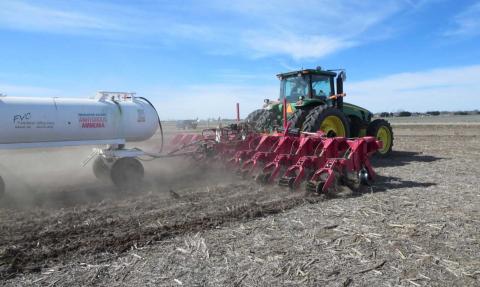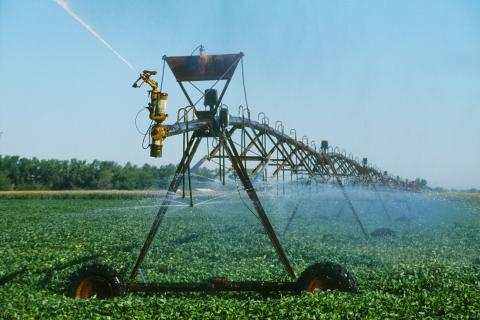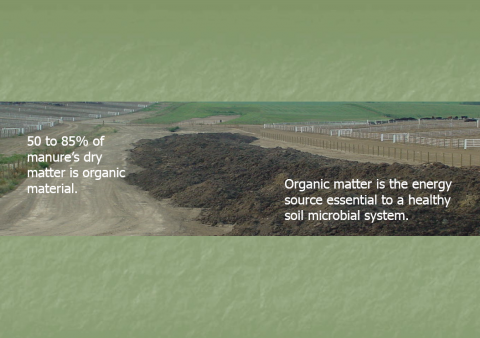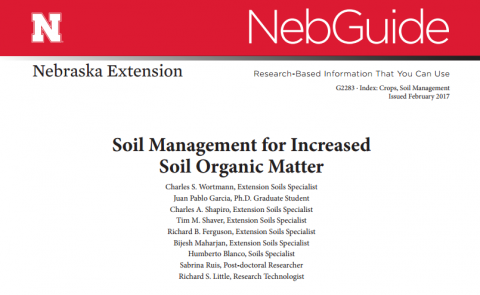Fertilizer Price Changes from 1994-2017
April 25, 2017
Fertilizer, one of the major costs in crop production, changes more in price each year than many other input costs. This articles addresses how farmers can reduce their fertilizer costs by selecting the most economical source for the fertilizer they need.
Planting Soybean after Soybean (Part 2): In-Season Management Considerations
April 13, 2017
In Part 1 of this article, we look at considerations for planting soybean after soybean. In this article, Part 2, we share considerations for in-season management.
Starter Fertilizer: When is it Warranted?
April 12, 2017
As you evaluate the cost of inputs, consider this: Only focusing on expenses without subsequent income changes is misleading. The most profitable plan uses the most profitable inputs. Is a starter fertilizer one of those inputs? The authors look at university and grower research under various conditions to see when a starter fertilizer offers economic benefits.
Recommended Resource: Nitrogen Extenders and Additives for Field Crops
March 9, 2017
A recently revised publication, Nitrogen Extenders and Additives for Field Crops, discusses their attributes, performance, and crop yield response in various trials, and reviews related research findings from land grant universities in the North Central Region.
Finding Win-Wins for Manure: Maximizing Soil Quality Benefits
March 6, 2017
Manure offers crop production wins by providing valuable nutrients and helping build soil organic matter and an active soil microbial community. Soils with organic matter levels on the low end of their typical range can benefit the most from manure applications that do not exceed the crop’s nitrogen requirements. Organic matter also improves soil aggregates which in turn helps increase infiltration of precipitation and irrigation water, improves water-holding capacity of the soil, and reduces runoff and erosion. Soils with these characteristics experience greater drought tolerance.
New NebGuide: Soil Management for Increased Soil Organic Matter
March 2, 2017
A new Nebraska Extension NebGuide discusses the steady state level of soil organic matter and how some management practices can reduce soil organic matter loss or increase soil organic matter.
You Can Postpone Phosphorus, Potassium, and Zinc Fertilizer Applications When….
February 28, 2017
Soil testing and applying only the soil nutrients needed to produce your yield goal can provide a significant savings in fertilizer costs. Nebraska research shows growers can save as much as $52.12/acre for postponing phosphorus, potassium and zinc applications.
Finding Win-Win Opportunities for Manure
February 27, 2017
Land application of manure can create a win-win scenario for your farm by providing valuable crop nutrients while helping build soil organic matter. Learn more about the benefits of replacing commercial fertilizer with manure and how to get the most value when integrating an application into your soil nutrient plan.







